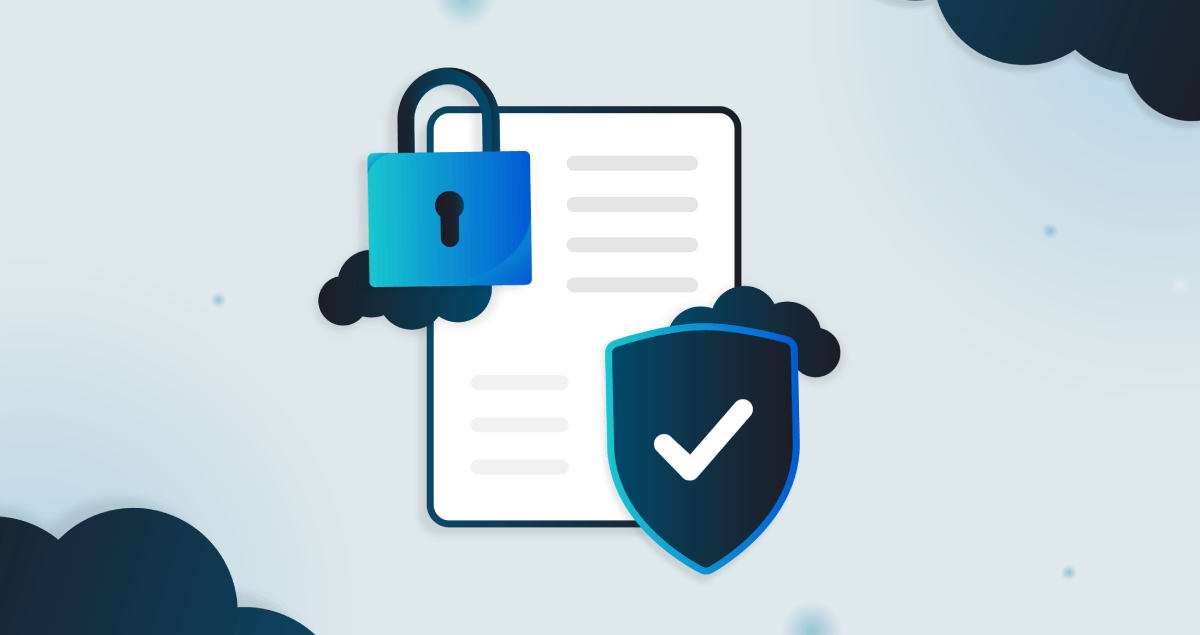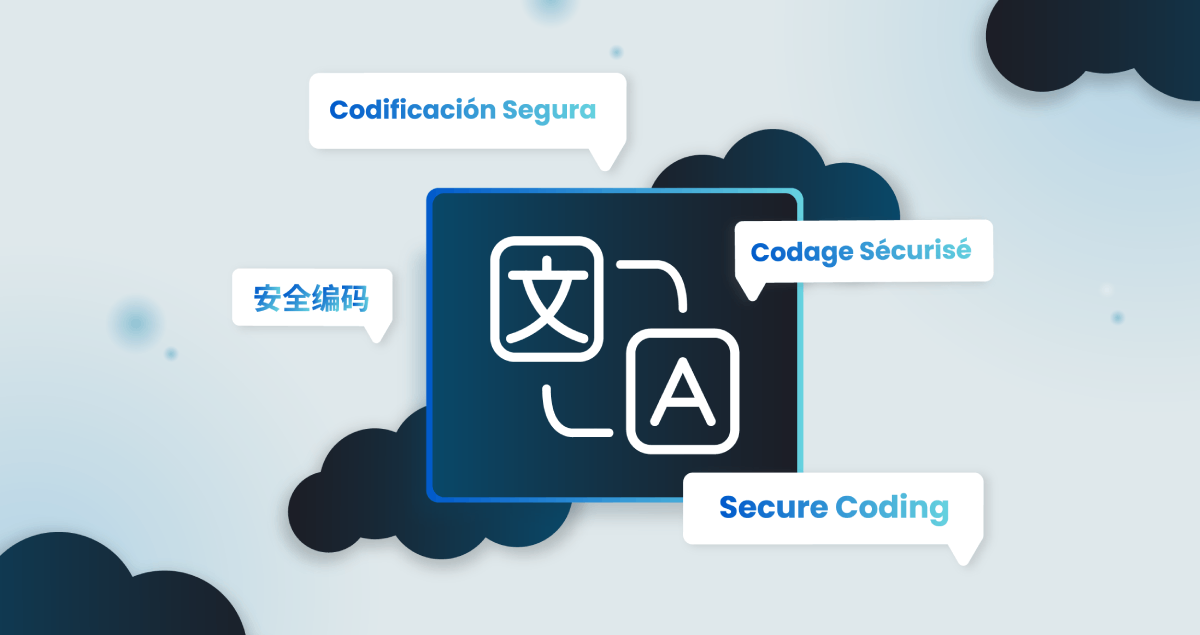When hiring suppliers to develop software, there’s more to compliance than contracts and background checks. While these are obviously necessary, developers also need to have practical skills to write secure code and manage sensitive information safely.
Developers without proper secure coding training can inadvertently introduce vulnerabilities that lead to breaches and fines, never mind reputational damage. Such training is therefore essential for compliance.

Training as the Foundation for Secure Development
Skilled developers can still make mistakes if they haven’t learned how to code securely. When training is targeted and practical, developers gain a better understanding of potential threats and can apply secure coding best practices to create software that meets compliance requirements.
Training for developers should, at the least, cover:
-
Writing secure code: Understanding common vulnerabilities, such as SQL injection, cross-site scripting (XSS), and insecure data storage, and how to prevent them.
-
Handling sensitive data safely: Ensuring that customer or company information is encrypted, stored securely, and only accessible to authorized users.
-
Dependency and integration management: Identifying and mitigating risks introduced by third-party libraries or external APIs.
-
Incident reporting: Knowing how and when to escalate potential security issues to prevent escalation.
AI in Secure Development
As you’re no doubt aware, AI assistance in code generation is growing rapidly. Developers need to know how to review and validate AI-generated code as it introduces vulnerabilities that haven’t existed before, and traditional security methods don’t cover them.
Training should cover secure prompt design, handling sensitive data with AI tools, and understanding the risks in integrating AI or machine learning models into applications. SecureFlag’s labs train developers how to identify and mitigate risks arising from LLMs and agentic AI.
The Consequences of Inadequate Training
When developers lack adequate security training, risks go beyond the codebase to affect compliance, business continuity, and supplier trust. Even minor oversights can turn into costly vulnerabilities, such as mishandled user input or unreviewed tool alerts.
The human factor also plays a big role here. Research suggests that human error contributed to 95% of data breaches in 2024. If teams are under pressure to deliver quickly, they may end up taking shortcuts and not consider security until the application is in production.
While automated tools are helpful, they can’t replace the knowledge needed to identify certain issues, such as business logic flaws, misconfigured permissions, or risks arising from complex integrations.
These weaknesses not only increase the chance of incidents but also impact compliance, as standards such as GDPR, PCI DSS, and AI-related regulations require demonstrable secure coding practices.
Why Hands-On Training Works
Traditional compliance training often has little impact, such as with slide decks or generic e-learning modules. Developers benefit most from hands-on approaches that simulate real-life challenges. Why?
-
Interactive exercises: Fixing simulated vulnerabilities helps developers internalize secure coding practices.
-
Continuous learning: Regular, scenario-based sessions reinforce knowledge over time rather than relying on one-off workshops.
-
Immediate feedback: Developers understand mistakes and correct them in a safe environment, improving retention and application to projects.
A practical approach ensures that learning becomes part of the daily workflow, reducing mistakes while enhancing software security.
Supplier Developer Assurance
SecureFlag helps organizations verify that both internal and supplier developers have the necessary security skills to meet compliance requirements.
-
Skill-based verification: Making sure developers have completed secure coding exercises relevant to their role.
-
Sensitive data awareness: Confirming that developers can manage sensitive data safely and follow security protocols.
-
Performance assessment: Organizations can monitor progress and maintain assurance that developers remain up to date on security practices.
Business Benefits of Developer Training
Providing developers with security training has a direct, positive effect on business outcomes, and these include:
-
Reduced risk of breaches: Well-trained developers introduce fewer vulnerabilities.
-
Lower remediation costs: Fixing issues during development is less expensive than addressing breaches post-release.
-
Enhanced client trust: Demonstrating that development teams follow rigorous security training increases confidence with partners and customers.
-
Stronger security culture: Training instills security-minded thinking across teams, making secure coding a default behavior.
How SecureFlag Supports Supplier Compliance
SecureFlag delivers interactive secure coding training that equips developers with the practical skills to write secure code and a security-first mindset.
Combining continuous learning with compliance objectives helps organizations to:
-
Verify that both internal and supplier developers are capable of secure development.
-
Reduce human error and software vulnerabilities.
-
Turn compliance from paperwork into practical security.
-
Strengthen overall security culture across development teams.
-
Apply threat modeling to identify vulnerabilities early and address risks proactively.
We provide organizations with the assurance that development teams have the skills and knowledge to maintain compliance and deliver secure code.
Interested in learning more? Get in touch, we’re here to help!


